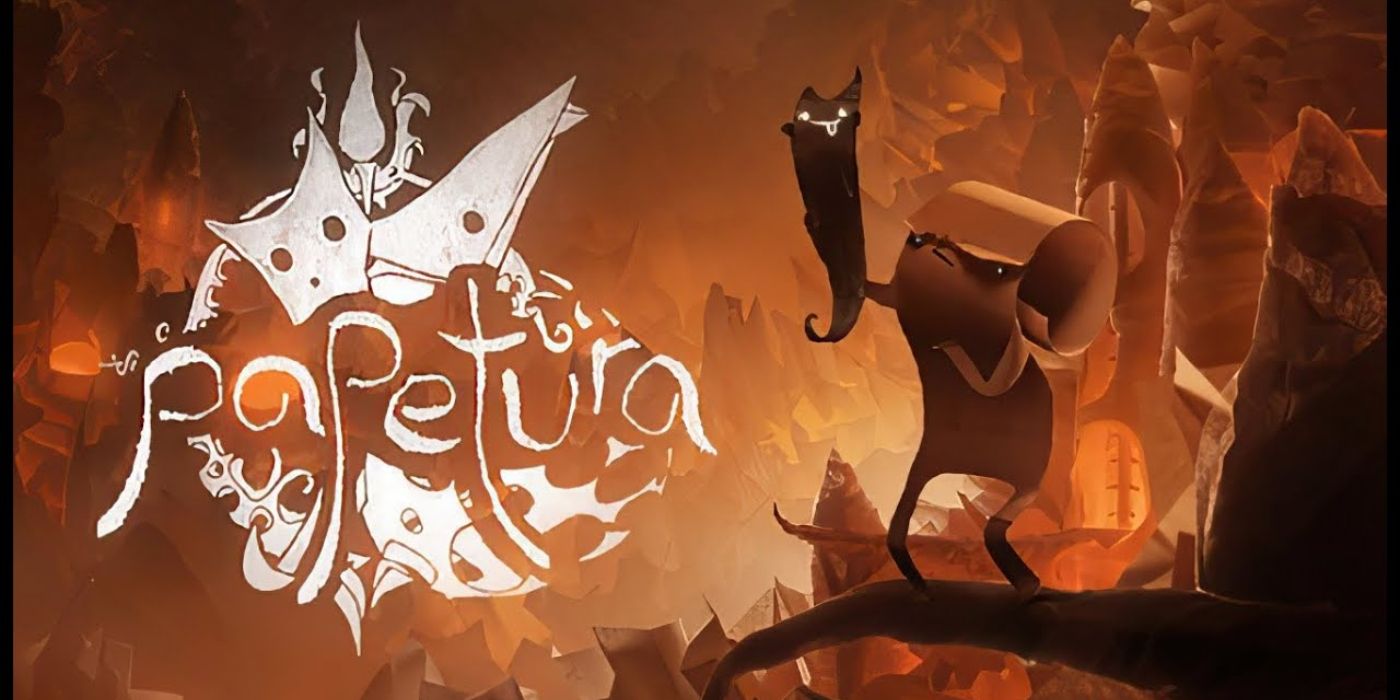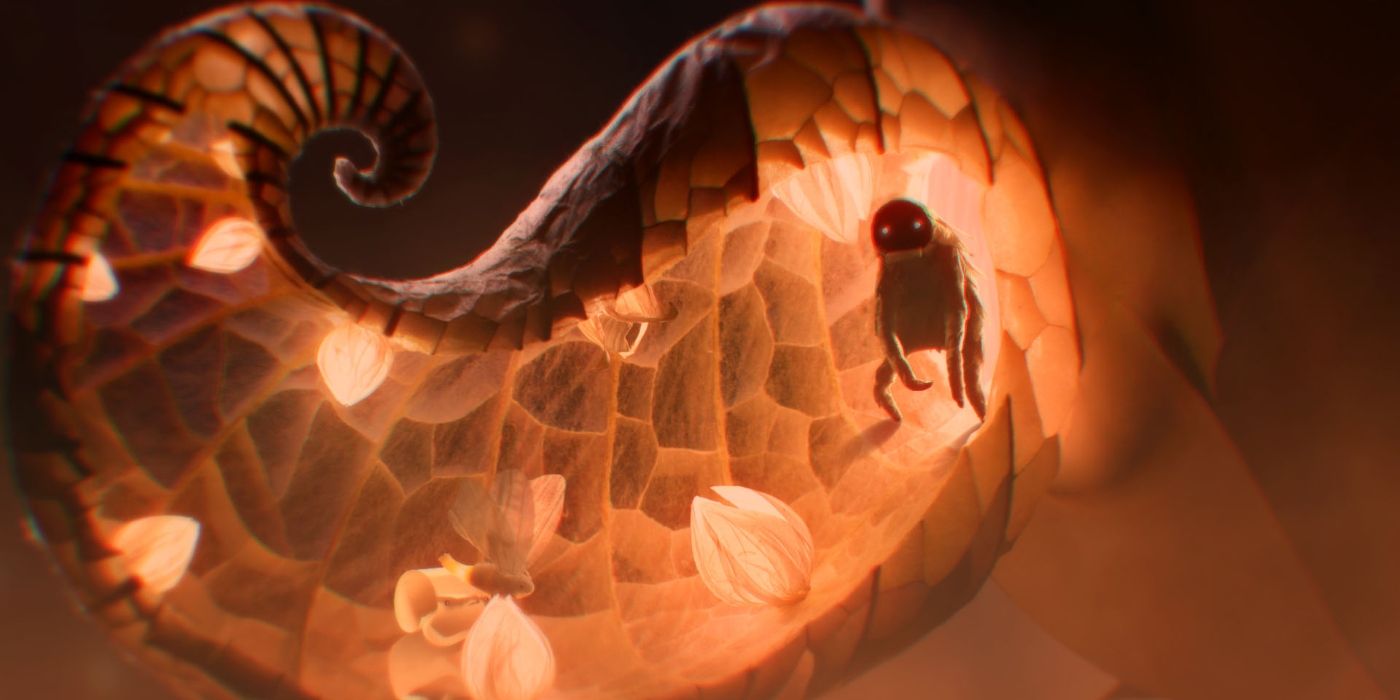
It is no secret just how extensive the process is of creating a video game. Usually, triple-A titles have hundreds of people working on the story, animation, music, and other gameplay elements, which is usually not the case for smaller developers. Although several indie studios have successfully developed video games alone, such as ConcernedApe's Stardew Valley, not all were as lucky. Now, another lone developer is garnering attention by single-handedly creating the handcrafted video game, Papetura.
For the uninitiated, Papetura is an atmospheric point-and-click adventure game where worlds and characters are made entirely out of paper. In Game Rant's interview with Tomasz Ostafin of Petums, the developer discussed the many inspirations behind Papetura, how its paper worlds were made, and the struggles of creating a game as intricate as Papetura alone.
RELATED: RuneScape Mobile Interview: Developers Talk Future of the Classic MMO
Talking about how Papetura was made, Ostafin revealed that he was inspired by games that used real-life materials, such as The Dream Machine and Lumino City. Ostafin also revealed that the idea of creating a classic point-and-click game was embedded in him by 1996's The Neverhood and Machinarium. Upon learning that a relatively small studio made Machinarium, Ostafin was inspired to create his own game, prompting him to start gluing and cutting paper, and the idea started to grow.
Given the detailed pieces of paper art that were later brought to the digital realm, it is no surprise that many are curious as to why Ostafin decided to use paper as the primary material for the game. Ostafin revealed that he initially thought of using plasticine and clay but decided to use paper as the final material due to its unique characteristics that allowed him to play around with form and light. Not using colored paper made the process simpler but difficult at the same time, given that he was unable to "bring out the game elements through the color of the material."
Additionally, Ostafin's background in architecture helped him play around with light. Looking at the game, one could easily observe how proper lighting contributed to the complexity of Papetura's world, given the ability of paper to reflect light that resulted in beautiful translucent patterns. As far as what kind of paper was used, everything in Papetura is made of plain printing paper. This decision was not made due to budgetary reasons but because it emphasizes "a pure form of paper models" that if put under certain lighting conditions gave "the surfaces different textures and properties."

Anyone who has already played Papetura could attest to the vast amount of detail put into the game. What's impressive is that apart from the soundtrack and visual effects, every single element of Papetura was made by Ostafin. For the development of Papetura, Ostafin had to learn photography and programming, apart from creating the game's world and characters out of paper. The developer shared the painstaking process of shooting dozens of photos that make up a single level. If he forgets to add a certain element during a session, he must reshoot everything from the beginning.
As far as programming is concerned, Ostafin doesn't consider himself an expert in the field, given that he had to learn the basics from the ground up by doing tons of Googling. Nonetheless, all his research and hard work led to the successful development of Papetura, but Ostafin noted that he almost game up a couple of times. The developer shared how his initial ideas for Papetura went to trash given that "the scope of the project would be too much to handle." For over six years, Ostafin labored on his passion project, and he described the last couple of months before Papetura's release as "the most intense workdays" of his life.
In the end, indie games such as Papetura would always capture the interest of players. While its point-and-click mechanics makes Papetura seem like a simple game, the amount of work put into it by developers such as Petums' Ostafin gives off a personal touch that isn't always present in most triple-A titles.
When it comes to single developers, I really don't know what draws players to their creations. I think it might be that the game is then treated as a piece of the creator's soul, and also making the game alone makes it a little bit crazy and unpredictable.
Papetura is out now for PC.

